Home>Furniture & Design>Outdoor Furniture>In What Month Do Outdoor Plants Start Flowering?
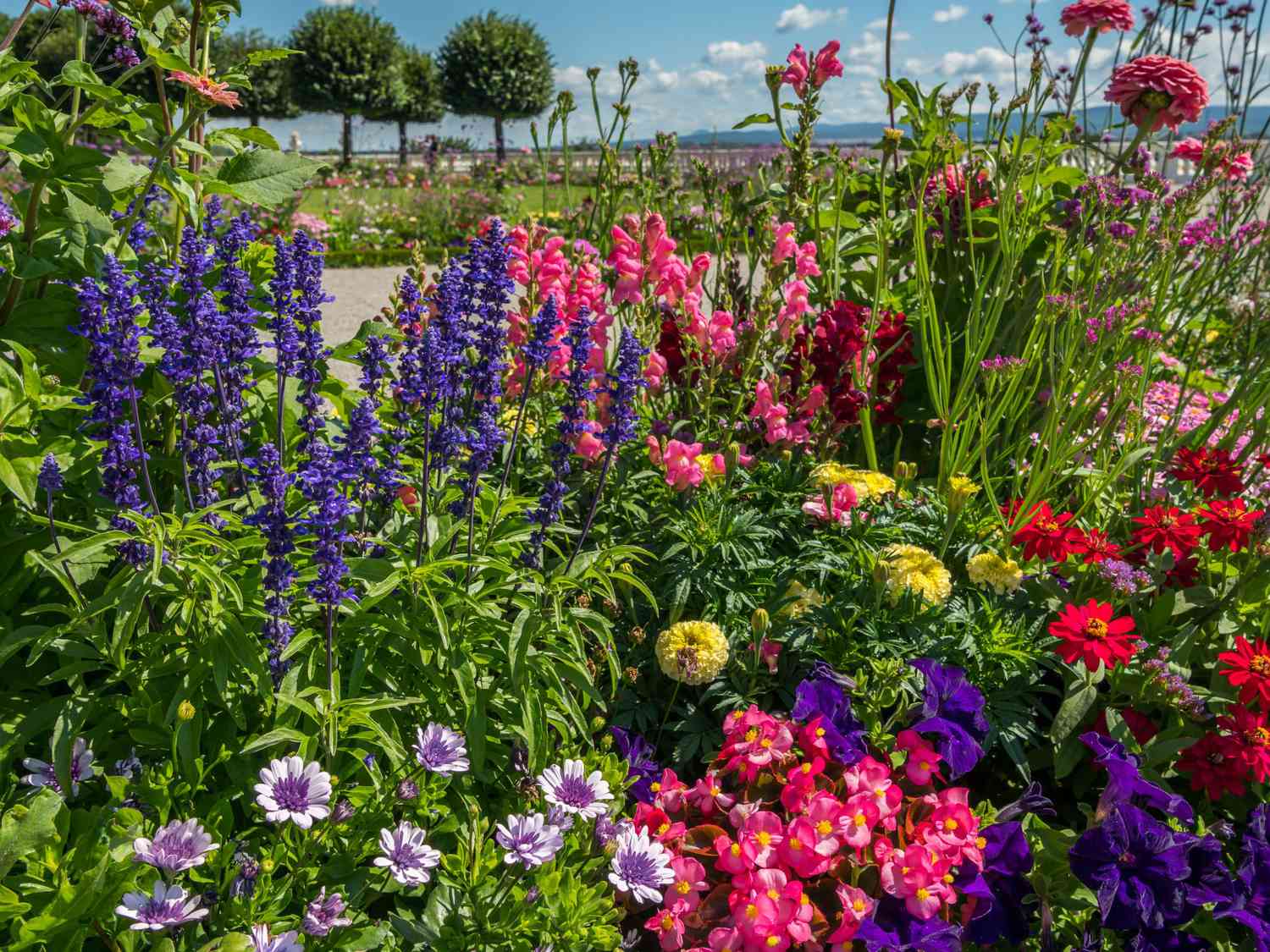

Outdoor Furniture
In What Month Do Outdoor Plants Start Flowering?
Modified: April 22, 2024
Discover when outdoor plants start flowering and enhance your outdoor space with our range of outdoor furniture and design. Find the perfect time to enjoy your garden.
(Many of the links in this article redirect to a specific reviewed product. Your purchase of these products through affiliate links helps to generate commission for Storables.com, at no extra cost. Learn more)
Introduction
When the vibrant colors of outdoor plants burst into bloom, it's a sight to behold. The arrival of flowering season brings a sense of joy and rejuvenation, as nature adorns itself with a kaleidoscope of hues. Whether you're an avid gardener, a nature enthusiast, or simply someone who appreciates the beauty of the outdoors, understanding the flowering months of different outdoor plants can enhance your appreciation for the natural world.
Flowering plants, with their delicate petals and enchanting fragrances, play a crucial role in the ecosystem. Not only do they attract pollinators, such as bees and butterflies, but they also contribute to the overall aesthetic appeal of gardens, parks, and outdoor spaces. From the early bloomers that signal the arrival of spring to the late bloomers that thrive in the warm embrace of summer, each plant has its own unique flowering schedule.
In this article, we'll delve into the fascinating world of outdoor plant flowering months. We'll explore the factors that influence the timing of flowering, discover the specific months when various plants burst into bloom, and provide valuable tips for encouraging optimal flowering in your outdoor garden. Whether you're a seasoned horticulturist or a novice green thumb, this guide will deepen your understanding of nature's floral symphony and empower you to create a vibrant, blossoming outdoor oasis. So, let's embark on a journey through the enchanting realm of outdoor plant flowering months and unlock the secrets of nature's ever-changing tapestry.
Key Takeaways:
- Outdoor plants bloom at different times due to factors like daylight, temperature, and soil. Understanding these factors helps create a vibrant garden with blooms throughout the year.
- To encourage outdoor plant flowering, choose the right plants for your climate, provide proper sunlight and water, and use pruning and fertilization techniques. This fosters a beautiful, sustainable garden ecosystem.
Read more: What Month Does Grass Start Growing
Factors Affecting Flowering Time
The timing of flowering in outdoor plants is influenced by a myriad of factors, each playing a crucial role in determining when these botanical wonders will unfurl their blossoms. Understanding these factors is essential for gardeners and nature enthusiasts seeking to anticipate and appreciate the annual spectacle of outdoor plant flowering.
- Photoperiod: The duration of daylight and darkness, known as photoperiod, profoundly impacts the flowering time of plants. Many species rely on specific day lengths to trigger the onset of flowering. For instance, short-day plants, such as poinsettias and chrysanthemums, initiate flowering when exposed to longer periods of darkness, typically in the fall or winter. Conversely, long-day plants, including many spring and summer bloomers like spinach and lettuce, require extended daylight to stimulate flowering.
- Temperature: The temperature fluctuations throughout the year play a pivotal role in regulating the flowering time of outdoor plants. While some species thrive in the cool embrace of early spring, others bask in the warmth of summer. Additionally, certain plants, such as those native to Mediterranean climates, may require a period of chilling, known as vernalization, to induce flowering.
- Water and Soil Conditions: Adequate water availability and optimal soil conditions are essential for promoting healthy growth and flowering in outdoor plants. Insufficient water or poor soil quality can delay or inhibit the flowering process, underscoring the importance of proper irrigation and soil management.
- Nutrient Levels: The availability of essential nutrients, such as nitrogen, phosphorus, and potassium, profoundly impacts a plant’s ability to flower. Imbalanced nutrient levels can impede flowering, while appropriate fertilization can encourage robust blooms.
- Pruning and Maintenance: Proper pruning and maintenance practices can influence the timing and abundance of flowering. Trimming and shaping plants at the appropriate times can optimize their flowering potential and enhance the overall aesthetic appeal of outdoor spaces.
By considering these influential factors, gardeners and enthusiasts can gain valuable insights into the intricate mechanisms that govern the timing of outdoor plant flowering. As we explore the specific months when various plants burst into bloom, it’s important to bear in mind the interplay of these factors in shaping nature’s annual floral extravaganza.
Flowering Months for Different Outdoor Plants
As the seasons transition and the natural world undergoes its annual metamorphosis, a diverse array of outdoor plants take center stage, adorning the landscape with their captivating blooms. Each plant species follows its own unique timetable, unfurling its blossoms during specific months of the year. Let’s embark on a journey through the months and witness the enchanting spectacle of outdoor plant flowering.
Spring Bloomers
Spring heralds the awakening of nature’s dormant beauty, marked by the emergence of an array of early bloomers. In March and April, crocuses, daffodils, tulips, and hyacinths paint gardens with vibrant hues, signaling the end of winter’s slumber. These resilient plants thrive in the cool, moist conditions of early spring, infusing outdoor spaces with a sense of renewal and vitality.
Summer Stars
As the days lengthen and the sun’s warmth intensifies, a tapestry of summer bloomers graces gardens and meadows. In June and July, roses, lilies, dahlias, and delphiniums take center stage, exuding their mesmerizing fragrances and captivating colors. These plants thrive in the balmy embrace of summer, adding a touch of splendor to outdoor landscapes and captivating the senses with their alluring beauty.
Read more: When Will Outdoor Plants Start Budding
Autumn Splendor
As summer wanes and the days gradually grow shorter, a new cast of characters emerges to adorn the autumnal landscape. In September and October, asters, chrysanthemums, and ornamental grasses come into their own, casting a spell with their rich, jewel-toned blooms. These resilient plants thrive in the waning warmth of late summer and early fall, infusing outdoor spaces with a sense of abundance and transition.
Winter Wonders
Even in the depths of winter, certain outdoor plants brave the cold to offer glimpses of natural beauty. In December and January, hellebores, winter jasmine, and snowdrops defy the frost, gracing gardens with their delicate blossoms. These hardy plants thrive in the crisp, cool conditions of winter, serving as resilient symbols of life and perseverance amidst the seasonal dormancy.
Each month brings forth a new ensemble of outdoor plants, each with its own story to tell and its own role to play in nature’s ever-unfolding narrative. By understanding the flowering months of different plants, we can develop a deeper appreciation for the cyclical rhythms of the natural world and the enduring beauty of outdoor landscapes.
Tips for Encouraging Flowering in Outdoor Plants
For gardeners and nature enthusiasts, fostering prolific flowering in outdoor plants is a rewarding endeavor that enhances the visual allure and ecological vitality of outdoor spaces. By implementing thoughtful strategies and horticultural best practices, individuals can nurture a flourishing tapestry of blooms. Here are some valuable tips for encouraging optimal flowering in outdoor plants:
- Strategic Plant Selection: Choose plant species that are well-suited to your local climate and soil conditions. Selecting native or adaptive plants increases the likelihood of successful flowering, as these species have evolved to thrive in specific environmental settings.
- Appropriate Sunlight Exposure: Ensure that flowering plants receive adequate sunlight based on their specific requirements. Some species thrive in full sun, while others prefer partial or dappled shade. Understanding each plant’s sunlight needs is essential for promoting healthy growth and prolific blooming.
- Optimal Watering Practices: Maintain a consistent watering regimen to provide plants with the moisture they need for robust flowering. Be mindful of overwatering, as excessive moisture can lead to root rot and hinder flowering. Additionally, consider the water preferences of individual plant species, adjusting irrigation accordingly.
- Pruning and Deadheading: Regular pruning and deadheading can stimulate continuous flowering and enhance the overall appearance of plants. Remove spent blooms and trim unruly growth to redirect the plant’s energy toward producing new flowers, promoting a prolonged and abundant flowering display.
- Appropriate Fertilization: Apply a balanced fertilizer tailored to the specific nutritional needs of flowering plants. Proper fertilization can bolster the plant’s vigor and support robust blooming, ensuring that essential nutrients are readily available for optimal flower production.
- Soil Enrichment: Maintain healthy soil by incorporating organic matter, such as compost and mulch, to nourish the plants and improve soil structure. Well-nourished soil fosters strong root systems and provides an ideal foundation for prolific flowering.
- Seasonal Care and Maintenance: Adapt your care practices to align with the seasonal requirements of outdoor plants. Implement protective measures during extreme weather conditions and provide supplemental support, such as mulching in winter or shading in summer, to safeguard plants and encourage consistent flowering.
By integrating these tips into your gardening practices, you can create an environment that nurtures the flourishing of outdoor plants, fostering a symphony of blooms that delights the senses and sustains the natural ecosystem. With thoughtful attention and a deep understanding of plant care, you can cultivate a vibrant tapestry of flowering plants that enriches the outdoor landscape and celebrates the beauty of nature’s floral abundance.
Conclusion
As we traverse the ever-changing tapestry of outdoor plant flowering months, we gain a profound appreciation for the intricate interplay of nature’s rhythms and the diverse array of botanical marvels that grace the landscape throughout the year. From the delicate blossoms of spring to the hardy blooms of winter, each plant species contributes its unique charm to the symphony of colors and fragrances that define outdoor spaces.
Understanding the factors that influence flowering time, from photoperiod and temperature to soil conditions and maintenance practices, empowers us to anticipate and optimize the blooming potential of outdoor plants. By aligning our care strategies with the specific needs of each species, we can cultivate a flourishing garden that embodies the splendor of nature’s floral diversity.
Moreover, the act of nurturing prolific flowering in outdoor plants transcends mere horticulture; it embodies a deep reverence for the natural world and a commitment to preserving the ecological balance. By creating environments that support the flourishing of plant life, we foster habitats for pollinators, enhance biodiversity, and contribute to the overall well-being of our planet.
As we immerse ourselves in the art of gardening and the appreciation of outdoor plant flowering, we become stewards of beauty and sustainability, cultivating spaces that inspire and rejuvenate both the human spirit and the broader ecosystem. Through thoughtful plant selection, attentive care, and a deep respect for the cyclical rhythms of nature, we can create outdoor havens that resonate with the enchanting allure of blooming flora.
So, let us continue to cherish the ever-changing spectacle of outdoor plant flowering, embracing each season’s botanical revelations and marveling at the resilience and grace of nature’s floral ambassadors. In doing so, we honor the timeless legacy of outdoor plants and perpetuate the timeless tradition of celebrating the boundless beauty that unfolds in our gardens, parks, and natural landscapes.
Frequently Asked Questions about In What Month Do Outdoor Plants Start Flowering?
Was this page helpful?
At Storables.com, we guarantee accurate and reliable information. Our content, validated by Expert Board Contributors, is crafted following stringent Editorial Policies. We're committed to providing you with well-researched, expert-backed insights for all your informational needs.
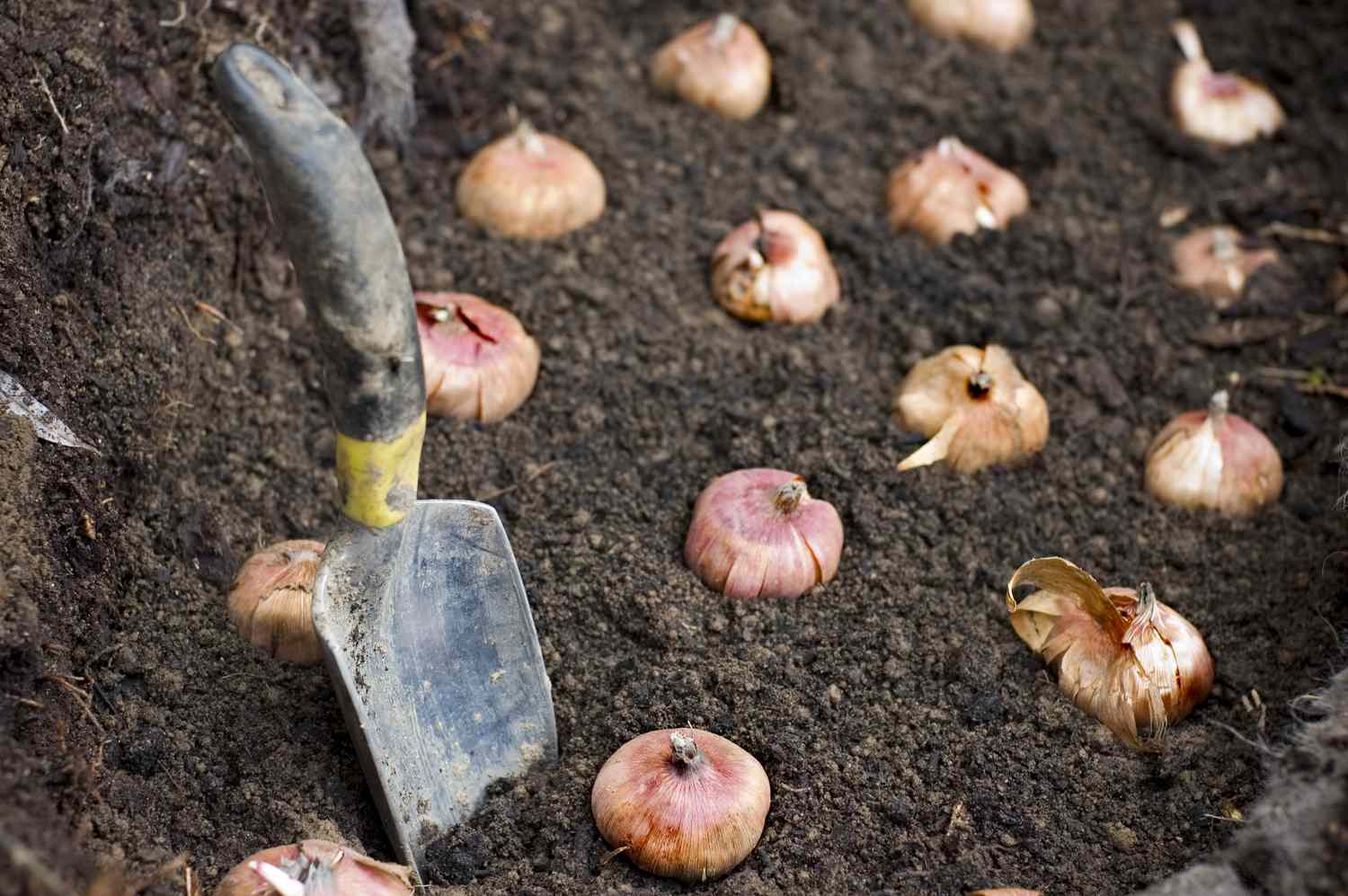
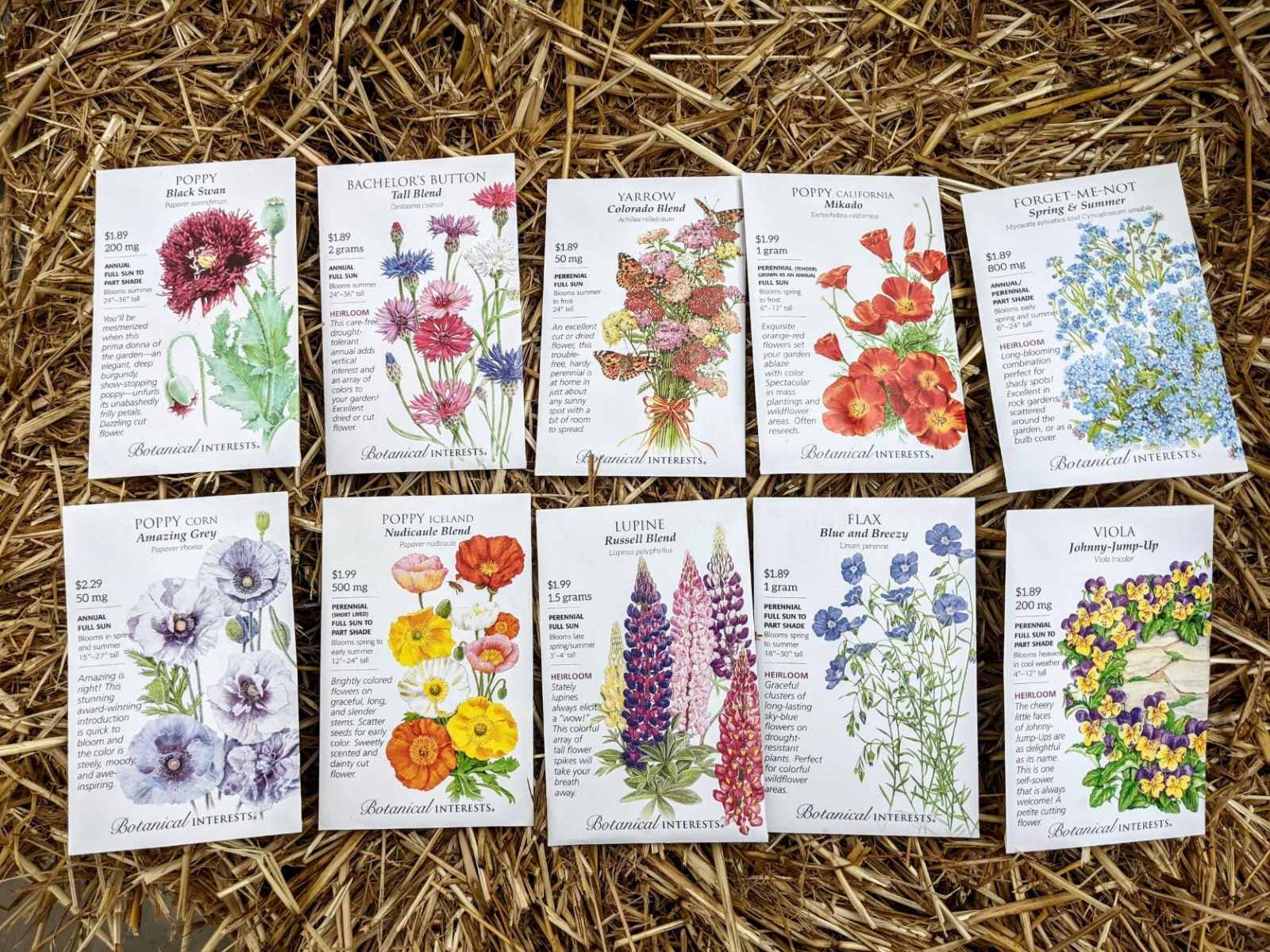
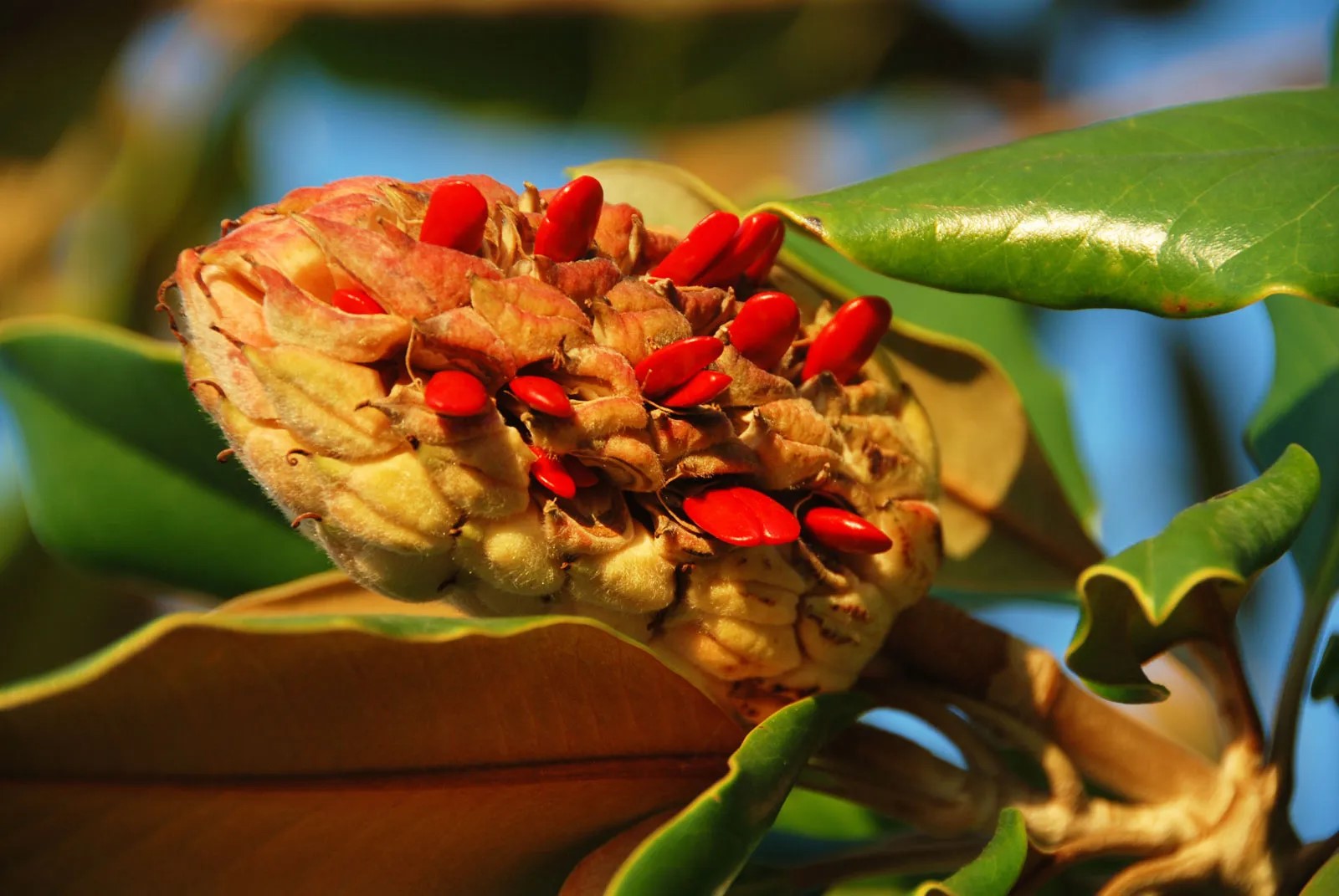
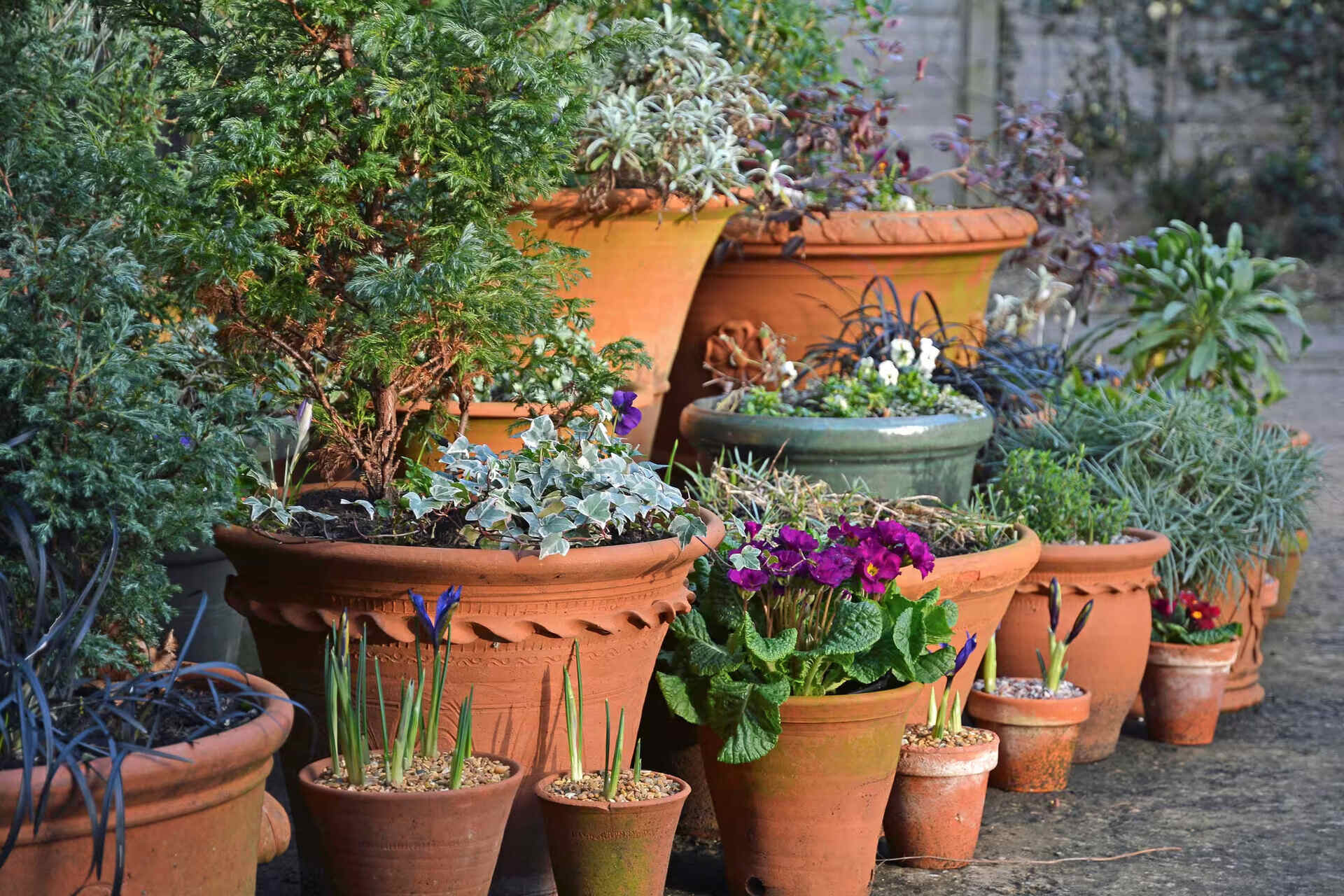
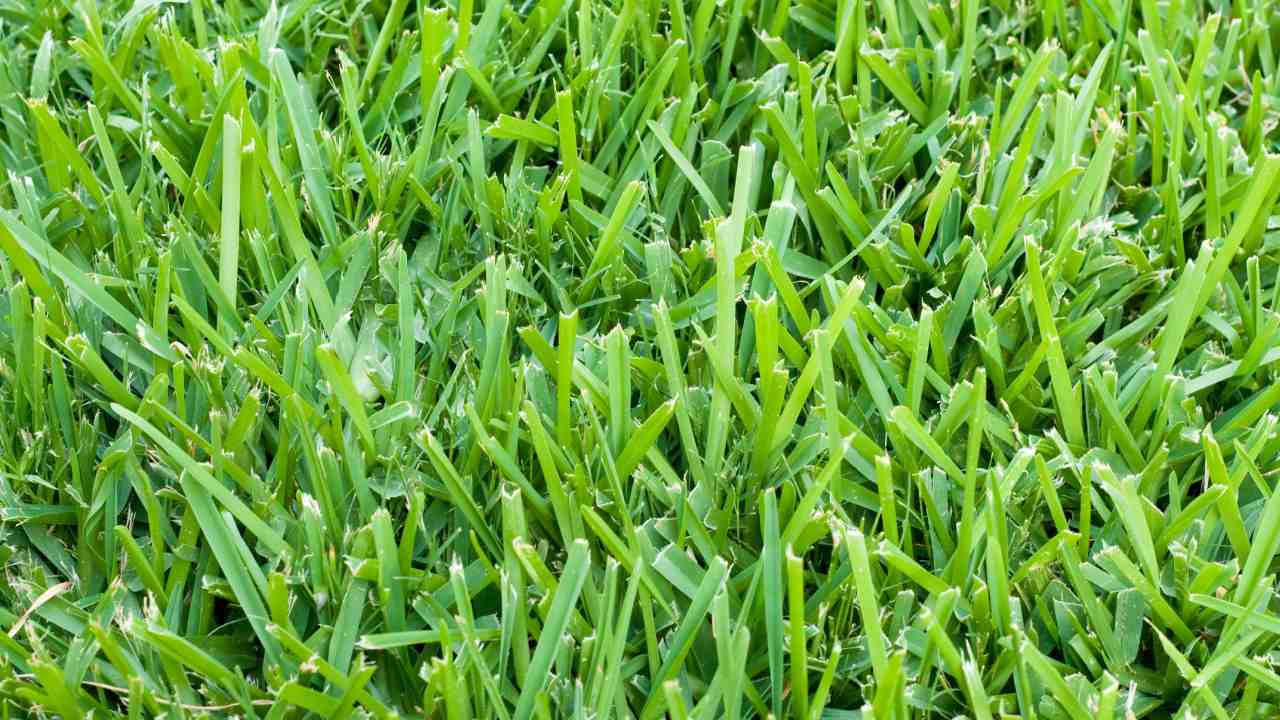
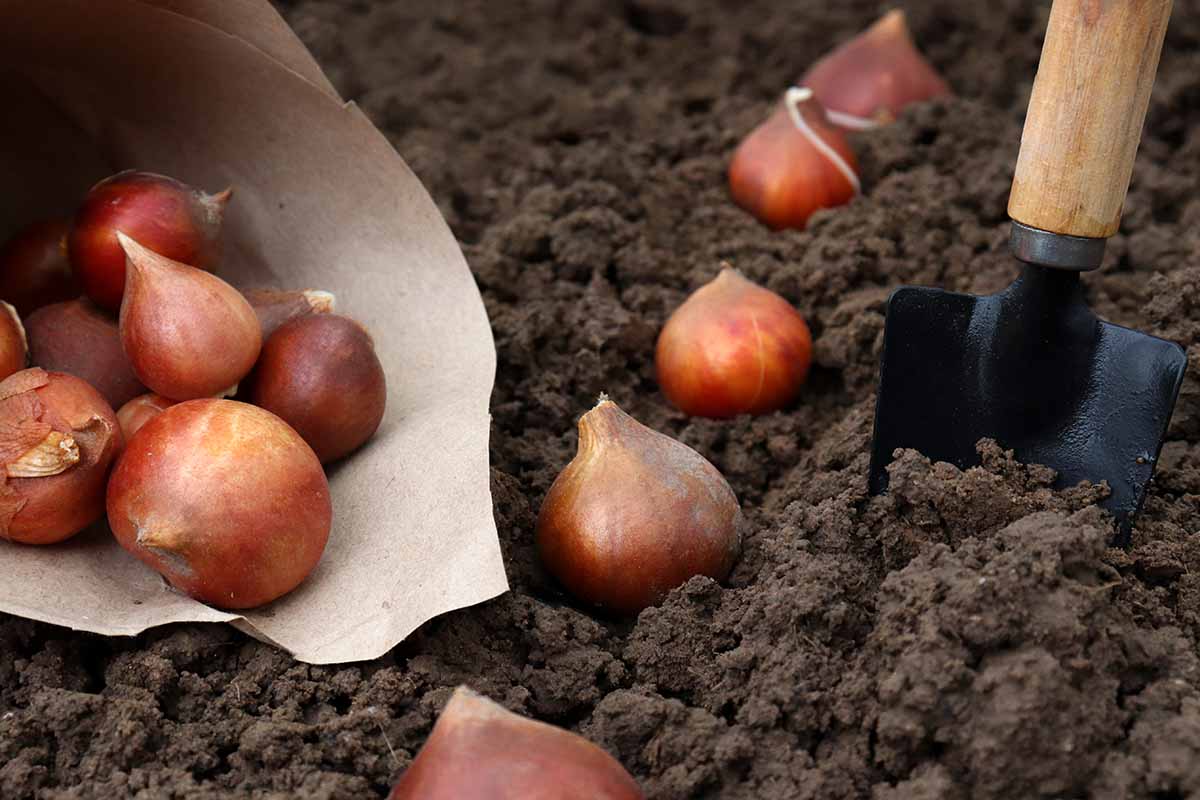

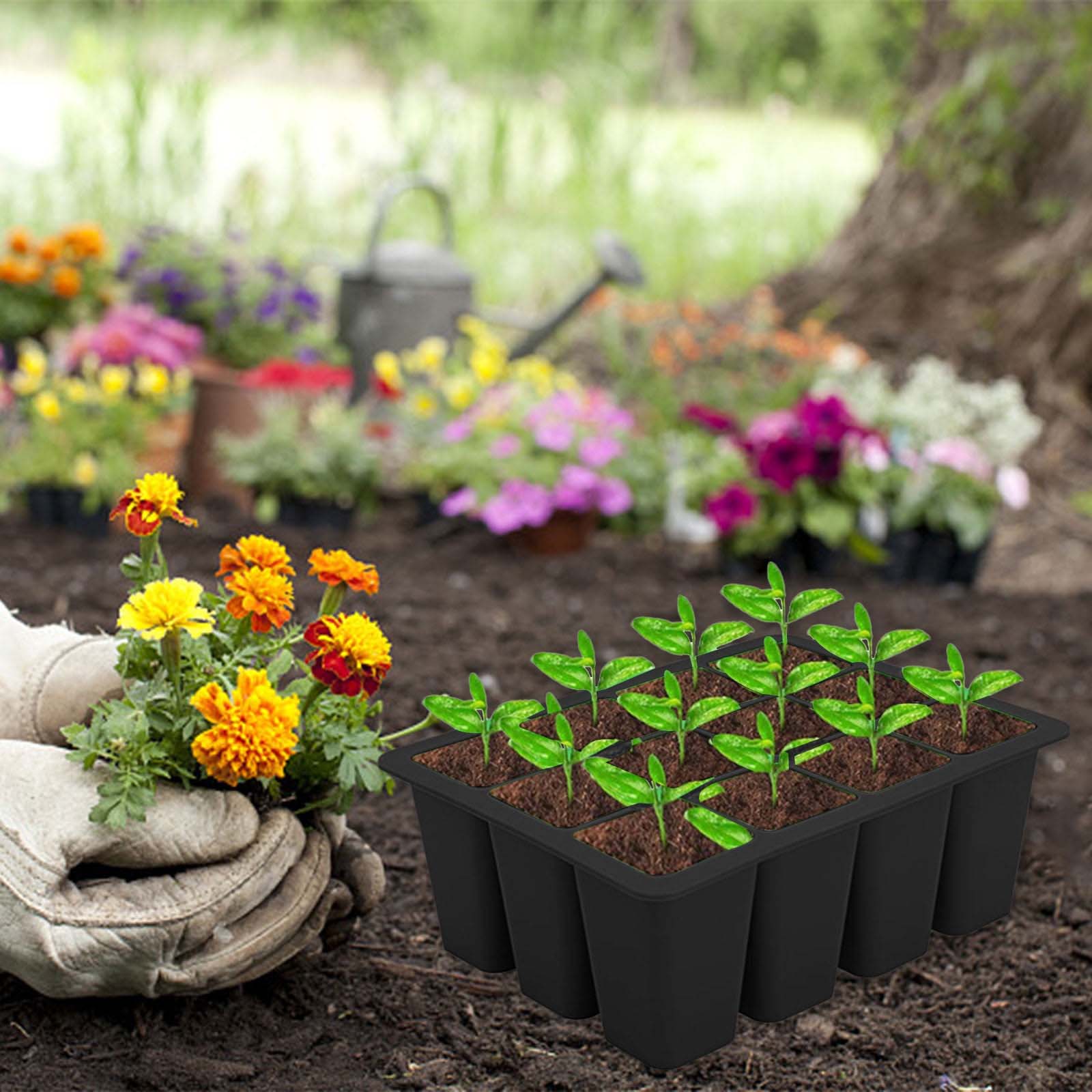
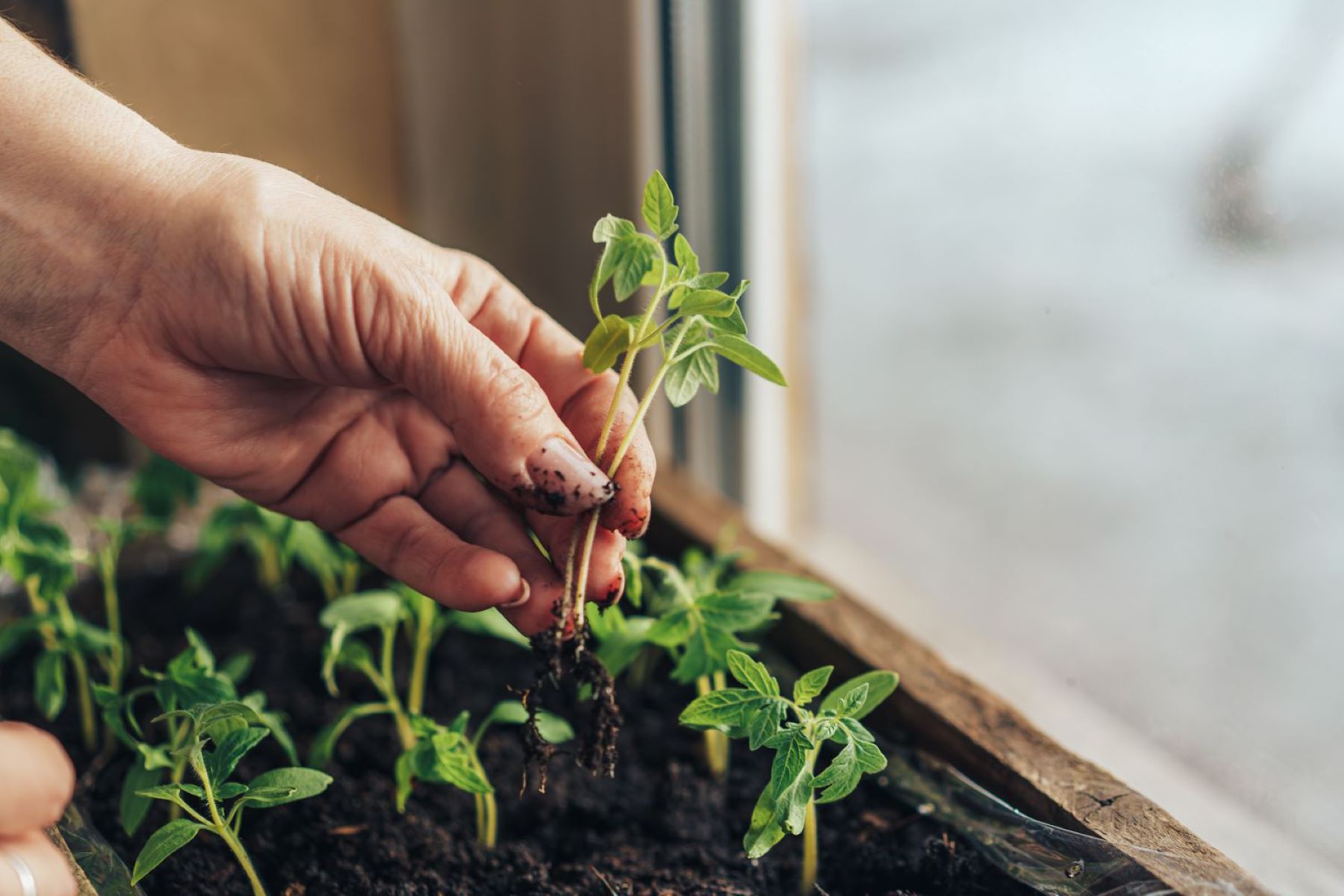
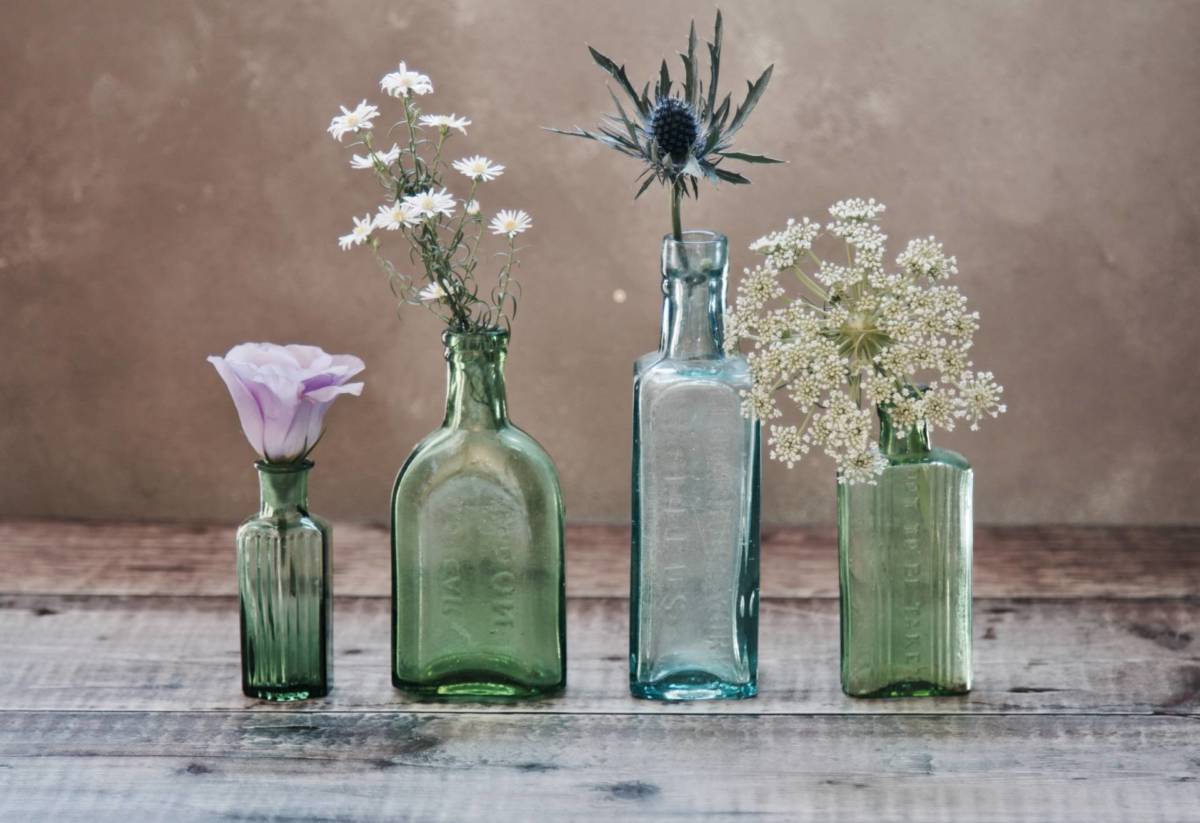
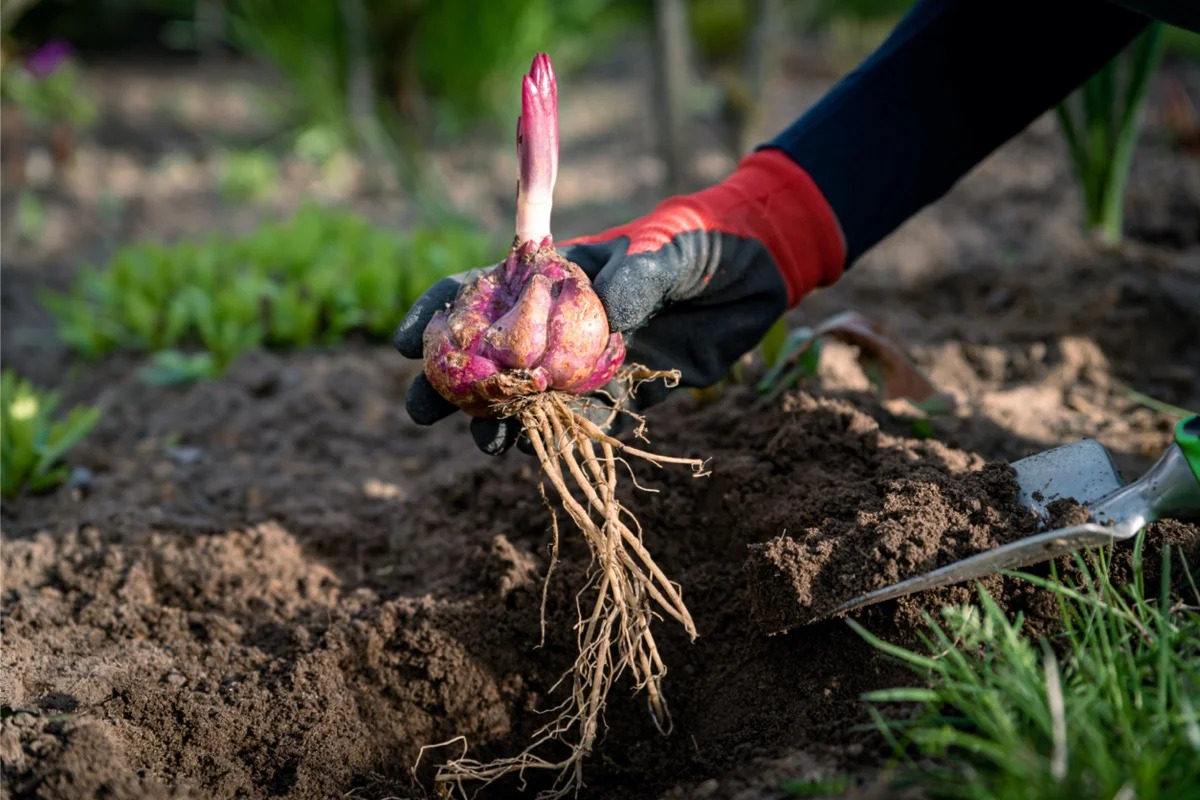
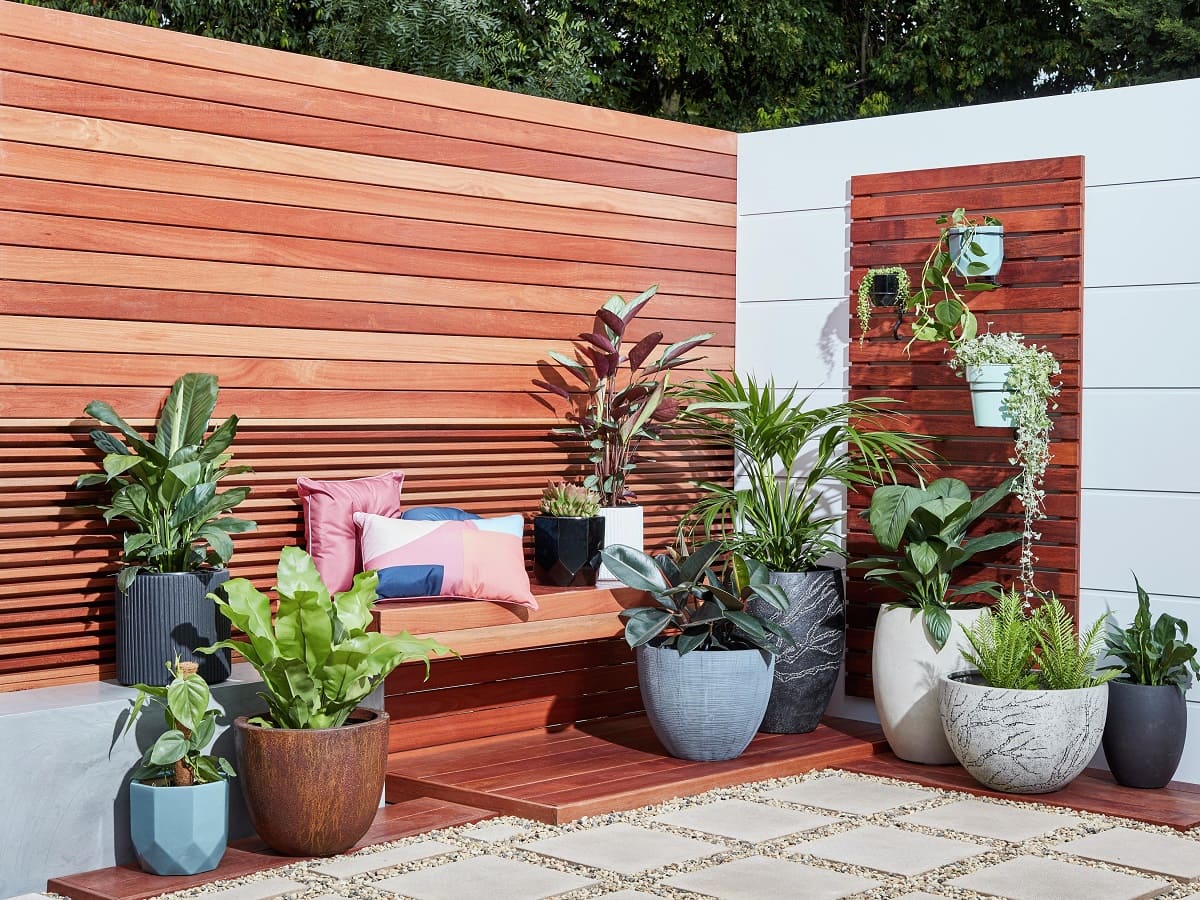
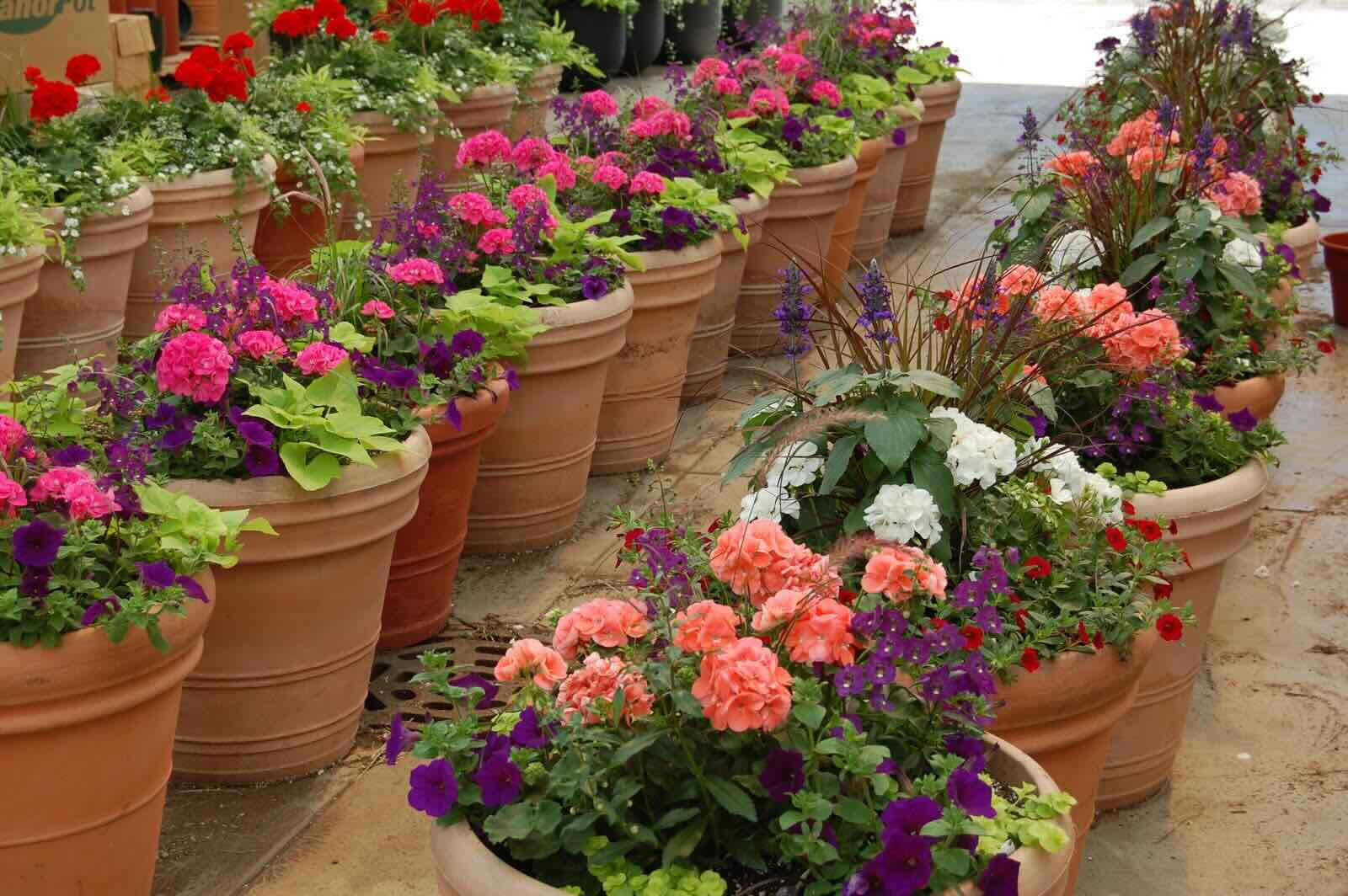
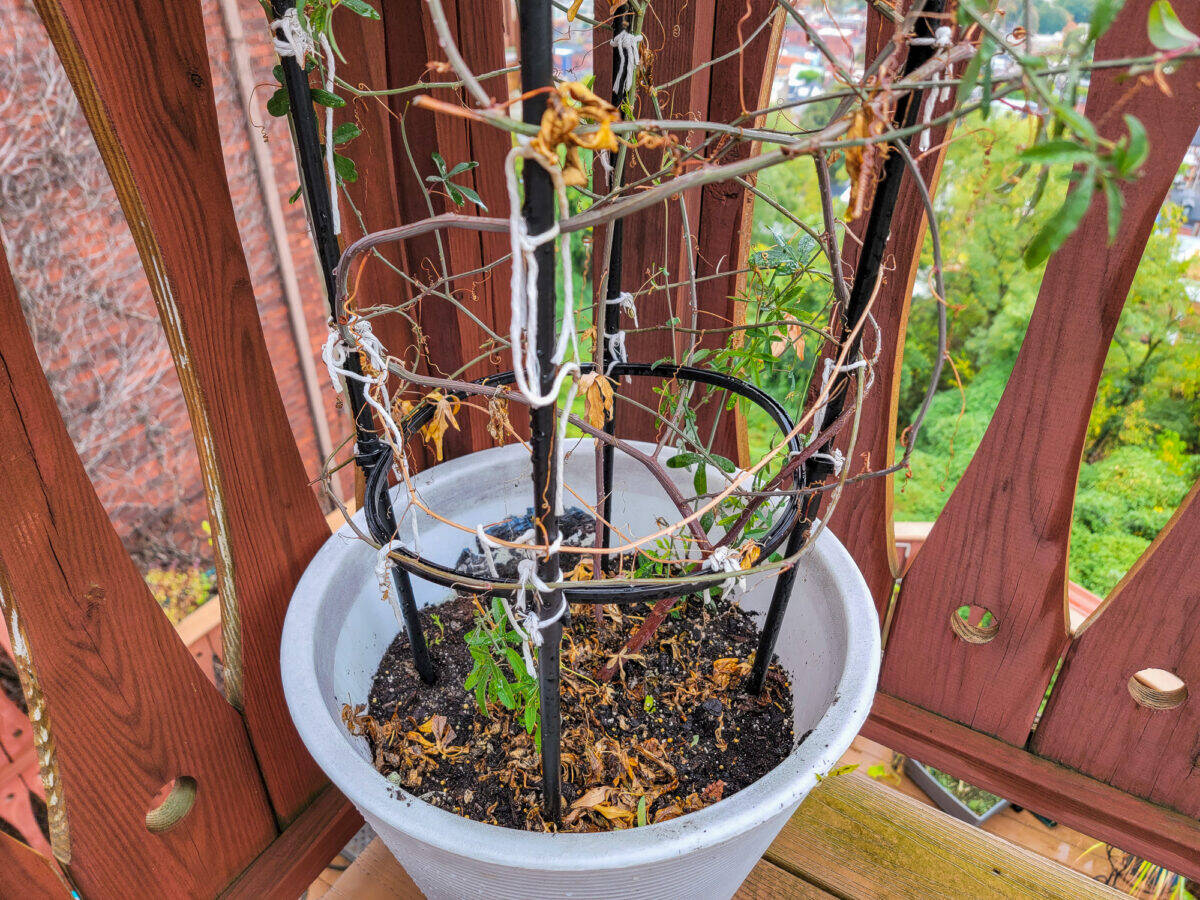

0 thoughts on “In What Month Do Outdoor Plants Start Flowering?”